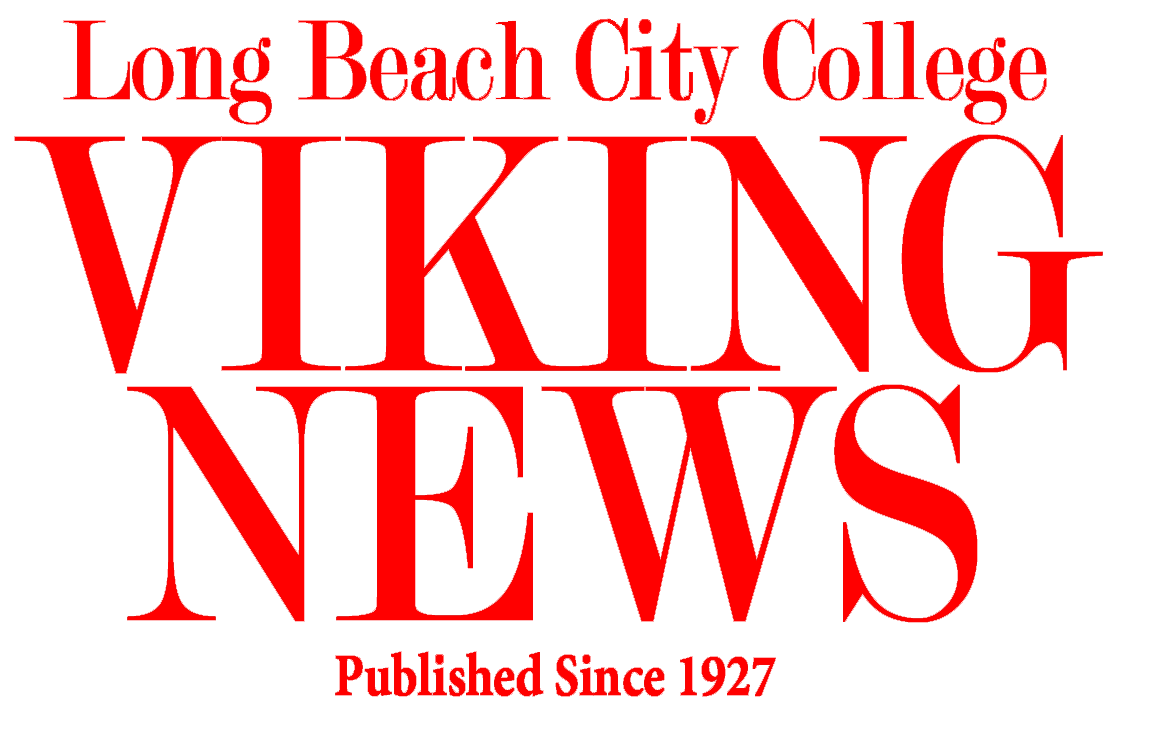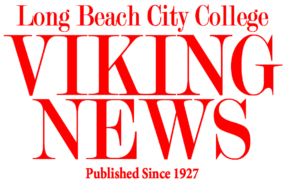I sighed, and anxiously decided to take the only pack of sanitizer wipes I had, now dwindling, with me to the car. I wiped down the steering wheel, the belt buckle, the door handle, and then said a prayer: “Dear God, please don’t let me get the Coronavirus.”
Last week on March 18 was the first time in 6 months I’d done a night of food deliveries, during the worst week of COVID-19 in Los Angeles to date. But like many other Angelenos, I was willing to take the risk, as I was off work, still getting paid, but not enough.
After working solely as a delivery driver in Los Angeles full-time for two years, I knew like other drivers what this week would mean: high delivery volume, lots of miles, and money.
In fact, the gig economy in Los Angeles is a strong one. According to a study commissioned by freelance marketplace Fiverr from market research firm Rockbridge Association, over 400,000 Angelenos are self-employed, and make up 1.7 percent of the local GDP.
Among the biggest sources of self-employed income comes from delivery drivers for companies like Instacart, Caviar, UberEats, Postmates, and Doordash among others.
Yet, the delivery drivers like myself, and the self-employed Uber and Lyft drivers who are keeping Los Angeles running even during the COVID-19 shutdown, have no financial help from government entities being offered at this time.
In fact, as a self-employed individual, most delivery drivers aren’t even entitled to basic health benefits from these multi-billion dollar companies that could help them in case they do get sick.
We can only rely on Medi-Cal and outside health insurance plans that could prove costly.
In addition, customers do not have to tip, and restaurants do not have to rush orders for drivers, leaving drivers vulnerable to lost wages and lost time.
This was the reason I left the self-employed world and joined a giant company that offered competitive benefits.
But, this career move might not be possible for others still relying solely on being self-employed for income.
Flexible schedules, less workplace stress, ability to work alone, and freedom, are all things that I gave up, but that others that are self-employed cannot easily let go of, either for family, school, or personal reasons.
And certainly, the COVID 19 shutdown would not be enough of a reason either.
Immediately the difference was noticeable. The streets were empty, the drive from Long Beach to downtown Los Angeles was 20 minutes, and DoorDash was lighting up my phone with calls.
In emails sent out to its drivers, DoorDash promised that “All customer orders will now be marked leave at the door or no-contact by default.” Postmates and GrubHub sent out similar e-mails.
In addition, DoorDash promised, “We’re working to make bottles of hand sanitizer and gloves available to Dashers across the U.S. We started shipping in the markets where the situation seemed most urgent, and we continue to release supplies in more markets as quickly as we can.”
However, as I delivered food after these emails were sent, there was still no option to deliver to doors as of March 20, and no sanitary supplies available.
Had I not already had some disinfectant wipes and gloves on me, lack of access to a bathroom during my delivery route to wash my hands would have put my health at risk.
This was in fact, a sad reality, as I saw countless drivers ask restaurants for hand sanitizer while waiting for food orders. Some had it available, and some did not.
Customers still complained that I didn’t call and wait for them to open the door, even though Los Angeles County is now practicing social distancing, and I was waiting at the door for five minutes.
Customers still requested I, as a driver, input a security code into a filthy box, touch the door handle to a downtown apartment building, touch the elevator buttons, walk down a cramped hallway to the very last door, and deliver their food in person instead of at the front lobby, because “It’s too far.”
Customers still didn’t tip.
And though DoorDash and other companies promised hand sanitizers, contactless delivery, and even financial assistance for delivery drivers infected with COVID-19, these promises are still nowhere to be seen.
As mentioned before, there’s something beautiful about being a self-employed delivery driver, especially during the shutdown.
Downtown Los Angeles is magical with empty streets at night. My delivery pay averaged at about $17-$30 per hour, and I had the freedom that I had lost becoming a regular employee again.
But what I didn’t feel was a difference in treatment. Delivery drivers are still seen, like other low-income workers that are still working during this shutdown, as expendable.
It isn’t just delivery drivers, but gas station attendants, fast-food and grocery workers also.
We have all been ignored up until now. We have all been left to pick up the pieces of a city that is full of rich and influential people, who only see us as servants to help carry out their daily tasks.
After this shutdown, it will most likely go back to normal. No more Instagram posts about appreciating all workers. No more financial assistance to help sick self-employed drivers. No recognition or thanks.
But for now, the COVID-19 shutdown should remind the public to continue the fight towards income equality and to give proper and much-needed benefits to the self-employed.
It should remind us to simply say “thank you,” treat others with respect, and at the very least, leave a tip.


